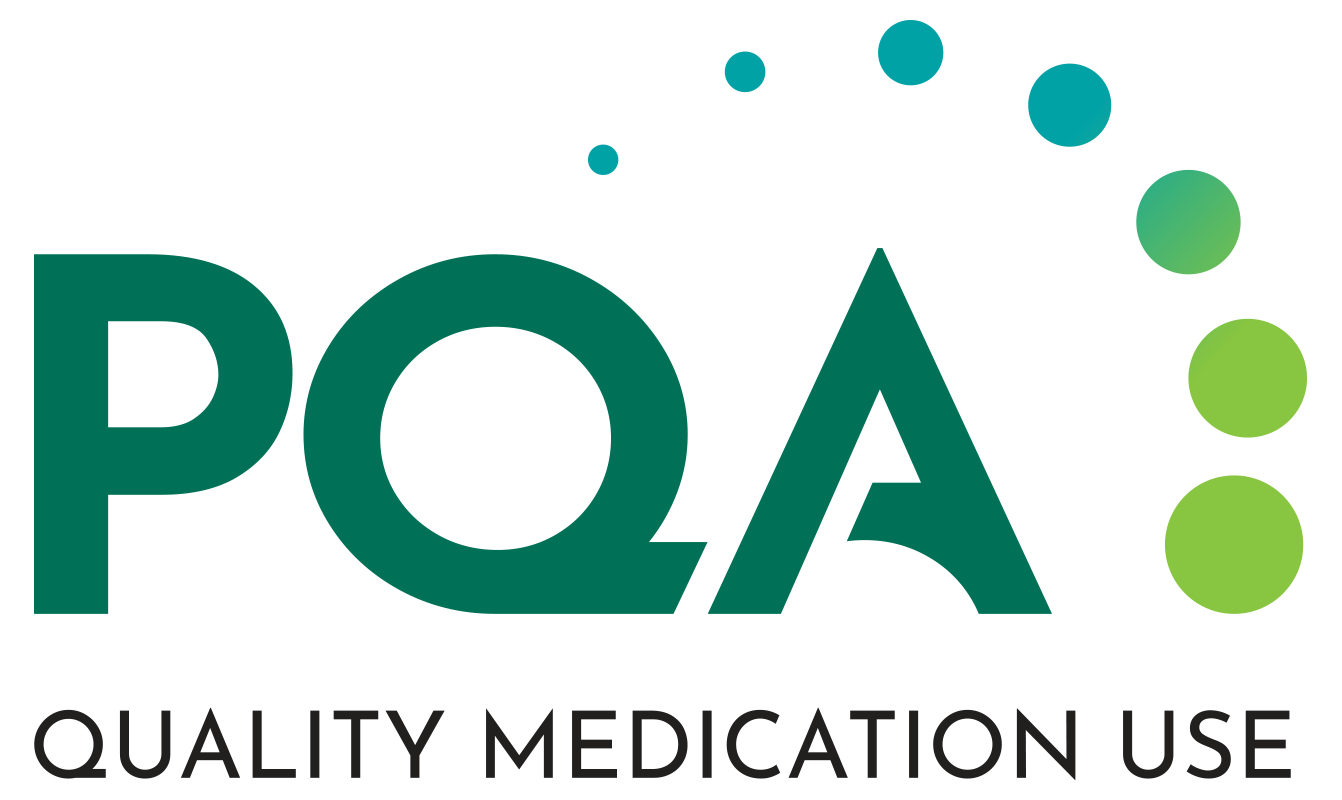
Pharmacy Measures and Policy Considerations for Pharmacy Practice

There are several important policy issues that could impact pharmacists’ ability to positively affect the quality of care for patients through the use of pharmacy performance measures.
PQA is
Through our consensus-based and iterative process, PQA has identified and prioritized 20 measures or concepts which are in different stages of PQA’s measure development lifecycle: five measures have been endorsed, 10 measure concepts are currently in development, and five measure concepts have been prioritized for future development.
Pharmacy Measures: A Novel Type of Quality Measure
At first blush, the development of pharmacy performance measures may not appear extraordinary. However, PQA’s success is notable given the numerous challenges and complexities related to the development of feasible, reliable, and usable pharmacy performance measures due to important differences in level of attribution, intended use, data sources, and population sizes compared to health plan measures.
Health plan measures primarily rely on readily available claims data. Accessing, testing, and determining the feasibility and usability of measures based on administrative claims data is a well-established and generally predictable process. In contrast, there are many unknowns in developing pharmacy measures, which depends on identifying, accessing, and standardizing complex and variable data that are captured, organized, and transmitted in different ways.
These are significant measure development challenges, but PQA has the experience and expertise to continue our successful work as the only national, consensus-based organization developing health plan and pharmacy measures for medication use.
Beyond the challenges of developing measures, there are several important policy issues that could impact pharmacists’ ability to positively affect the quality of care for patients through the use of pharmacy performance measures.
Policy Considerations to Improve Quality through Pharmacy
1. Immunization Authority – PQA has prioritized pharmacy performance measure concepts related to immunizations. To support pharmacists’ ability to assess patients’ immunization needs and successfully close gaps in care related to vaccinations, immunization authority should be consistent across states and pharmacy practice sites.
Uniform alignment of public health policies across states and practice sites, including authorizing pharmacists to order and administer all FDA-approved or authorized vaccines through independent prescribing authority, population health protocols, or collaborative practice agreements, allowing pharmacy technicians and student pharmacists to administer vaccinations and removing patient-specific restrictions such as age, would greatly enhance pharmacists’ ability to improve the quality of care for patients through vaccination services.
2. Therapeutic Interchange – PQA has endorsed four pharmacy measures related to medication adherence and prioritized new pharmacy measure concepts related to medication management services. Optimized medication management is essential for patients living with diabetes, high blood pressure, asthma, chronic obstructive pulmonary disease, mental health, and other chronic conditions.
One policy change that could support pharmacists’ success in delivering medication management services is authorizing
Establishing policy that allows for therapeutic interchange by pharmacists would greatly enhance pharmacists’ ability to improve patient outcomes and could result in better quality of care. Further, therapeutic interchange would ensure that pharmacists are working in alignment with the shared goals of patients, health plans, and payers and other members of the health care team.
3. Pharmacy Care and Services – Several of PQA’s 14 prioritized medication management measure concepts are focused on reporting, improvement, and control of clinical biomarkers for hemoglobin A1C and blood pressure. As evidenced by pharmacy’s responsiveness to the COVID-19 pandemic, pharmacies have established their role as accessible and convenient locations for patients to receive care and services.
Additionally, the number of pharmacies with active CLIA waivers has exponentially increased over the past few years, with CMS reporting that
4. Data Infrastructure and Interoperability – Pharmacy performance measures require the use of innovative technology solutions to capture and communicate data beyond just prescription claims and dispensing information. The ongoing challenges related to accuracy, completeness and interoperability of data across systems of care, lack of standardization and the inability to share information between patients, providers, plans and payers in a timely manner, continue to cause disruptions in care.
When aligned across quality-based programs and providers, quality measures that reward quality improvement, including those utilizing
What’s Next?
PQA remains committed to this important effort, and now is the time to expand PQA’s pharmacy measure development capacity. However, our ability to deliver at the necessary speed and scale is highly dependent on support and engagement from our members and stakeholders. Additional support is needed from PQA stakeholders to allow us to deliver multiple pharmacy measures and advance them for endorsement by the end of 2024, providing the core of a nationally recognized set of standardized pharmacy performance measures.
PQA will convene stakeholders in November 2022, prior to the PQA Leadership Summit, to seek additional input on high priority pharmacy measure concepts. Those concepts will inform updates to our plan that is responsive to rapid changes in pharmacy practice, health care delivery and trends in value-based arrangements. Ongoing stakeholder input is critical to ensure our plan remains focused on current, relevant priorities and addresses stakeholder needs.
Newsletter
Stay informed on drug updates, treatment guidelines, and pharmacy practice trends—subscribe to Pharmacy Times for weekly clinical insights.









































































































































































































